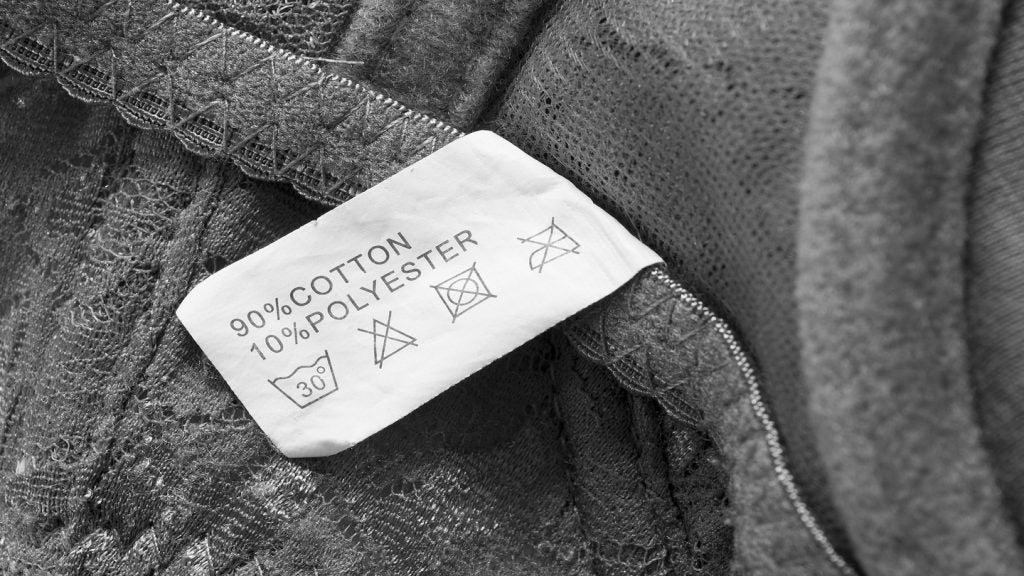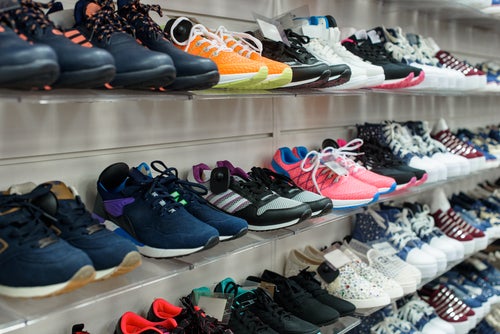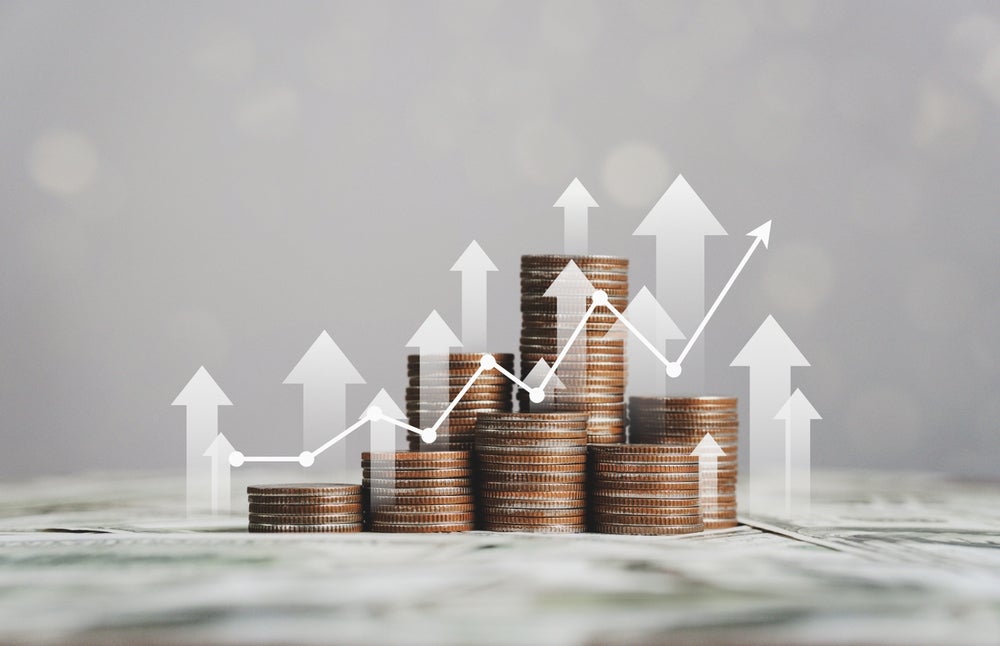Chemists at the University of Copenhagen have discovered a solution to one of fashion’s most stubborn environmental problems – polyester recycling.
Textile blends, in particular, have long posed significant challenges within the fashion industry, with polycotton alone accounting for 50% of all textile waste. Conventional recycling methods usually prioritise the preservation of the polymers, resulting in a loss of cotton fibres. They are usually also costly, complex and produce metal waste due to the use of metal catalysts.
“Currently, there are very few practical methods capable of recycling both cotton and plastic - it's typically an either-or scenario,” explained post-doc Yang Yang of the Jiwoong Lee group at the University of Copenhagen's department of chemistry and study lead author. “However, with our newly discovered technique, we can depolymerise polyester into its monomers while simultaneously recovering cotton on a scale of hundreds of grammes, using an incredibly straightforward and environmentally friendly approach.”
This new approach involves nothing more than heat, a non-toxic solvent, and a common household ingredient – ammonium bicarbonate. The ammonium bicarbonate breaks down into ammonia and CO2 which act as a catalyst, triggering a selective depolymerisation reaction that breaks down the polyester while preserving the cotton fibres.
The researchers are optimistic about the scalability of their approach and are already in talks with companies to commercialise and test it on an industrial scale.
Sustainability is an ever-increasing concern for apparel companies, which will now be held accountable for the full lifecycle of textile products under new legislation such as the EU’s new Strategy for Sustainable and Circular Textiles and Extended Producer Responsibility (EPR) schemes.
This concern is evidenced by mentions of “sustainability” in apparel company filings, which have risen from 4,256 mentions in 2018 to a forecasted 13,714 mentions in 2023. Mentions of "recycling", meanwhile, are forecast to have more than quadrupled from 2016 to the end of 2023.
Our signals coverage is powered by GlobalData’s Disruptor data, which tracks all major deals, patents, company filings, hiring patterns and social media buzz across our sectors. These signals help us to uncover key innovation areas in the sector and the themes that drive them. They tell us about the topics on the minds of business leaders and investors and indicate where leading companies are focusing their investment, deal-making and R&D efforts.















